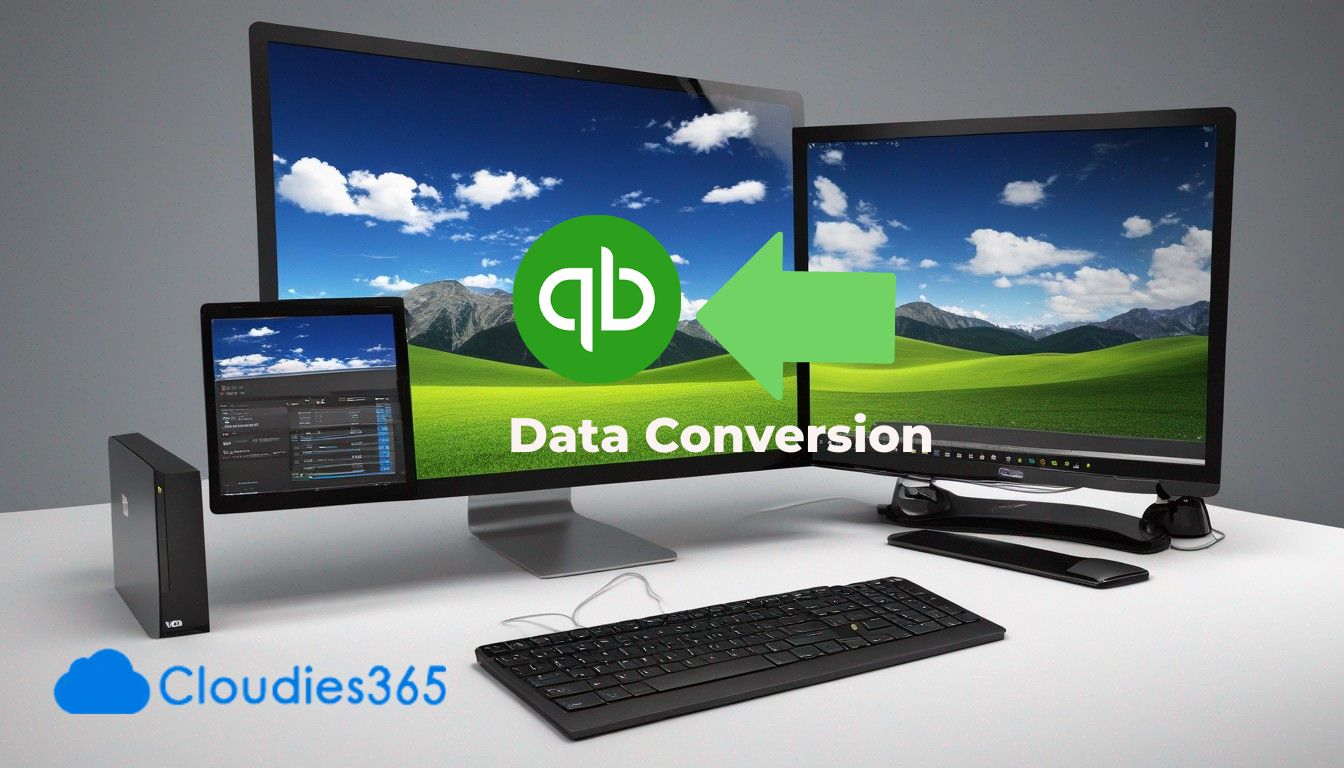Data conversion in the context of cloud computing refers to the process of transforming data from one format or structure to another within a cloud environment. This conversion can involve various types of data, including text, images, videos, databases, and more. Cloud data conversion is often performed to facilitate interoperability, enhance data accessibility, or prepare data for analysis and reporting.
Key aspects of data conversion on the cloud include:
-
Format Conversion: Changing the file format of data to make it compatible with different applications or systems. For example, converting a document from Microsoft Word format to PDF.
-
Database Migration: Moving data from one database system to another. This could involve migrating data from an on-premises database to a cloud-based database service or from one cloud provider’s database service to another.
-
Character Encoding Conversion: Converting the character encoding of text data to ensure that it can be correctly interpreted and displayed by different systems.
-
Data Integration: Combining data from multiple sources into a unified format or schema. This is often necessary for analytics and reporting purposes.
-
Data Transformation: Changing the structure or representation of data to meet the requirements of a specific application or process. This could involve aggregating, filtering, or reformatting data.
-
Data Compression: Reducing the size of data to save storage space and improve data transfer efficiency.
-
Cloud-to-Cloud Migration: Transferring data between different cloud platforms or services. This might be done for reasons such as cost optimization, performance improvement, or to take advantage of specific features offered by a different cloud provider.
-
ETL (Extract, Transform, Load): A common process in data warehousing where data is extracted from source systems, transformed into the desired format, and then loaded into a data warehouse for analysis.
Cloud platforms often provide tools and services to facilitate data conversion tasks. These tools may include data migration services, ETL tools, and APIs that allow developers to build custom data conversion workflows. Cloud-based data conversion offers advantages such as scalability, flexibility, and the ability to leverage specialized services for specific data processing tasks.


